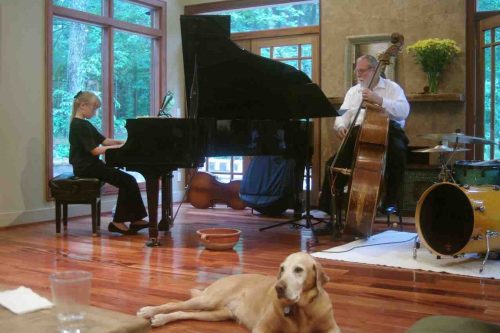European music diverged from dance approximately two hundred fifty years ago. Influenced by the Enlightenment, as well as the pandemics of the eighteenth century, certain activities such as dancing fell out of favor among the upper echelons of society. Traditionally, dances required the participation of women, which was often regarded as problematic within ecclesiastical and courtly contexts—women were prohibited from signing in church until the late nineteenth century. Consequently, audiences preferred to remain seated and listen to accomplished musicians and orchestras, which were perceived (and continue to be viewed) as status symbols associated with royal or ecclesiastical courts and towns. As a result, European classical music became rhythmically underdeveloped and increasingly focused on technicality and aesthetics.
Certain dances, particularly those influenced by other cultures such as the Saraband or Gypsy dances, were prohibited from being performed in respectable venues. There existed a prevailing sense of piety—especially notable in Lutheran Germany or during the Victorian era—that led to the complete neglect of dances (such as Gigues and Courants) that significantly influenced Bach’s compositions. Following the French Revolution, both sacred and light music were subsequently added to the repertoire deemed politically unacceptable.
It is beneficial to be cognizant of the diverse histories of musical genres, which currently exist independently primarily due to cultural inertia.
